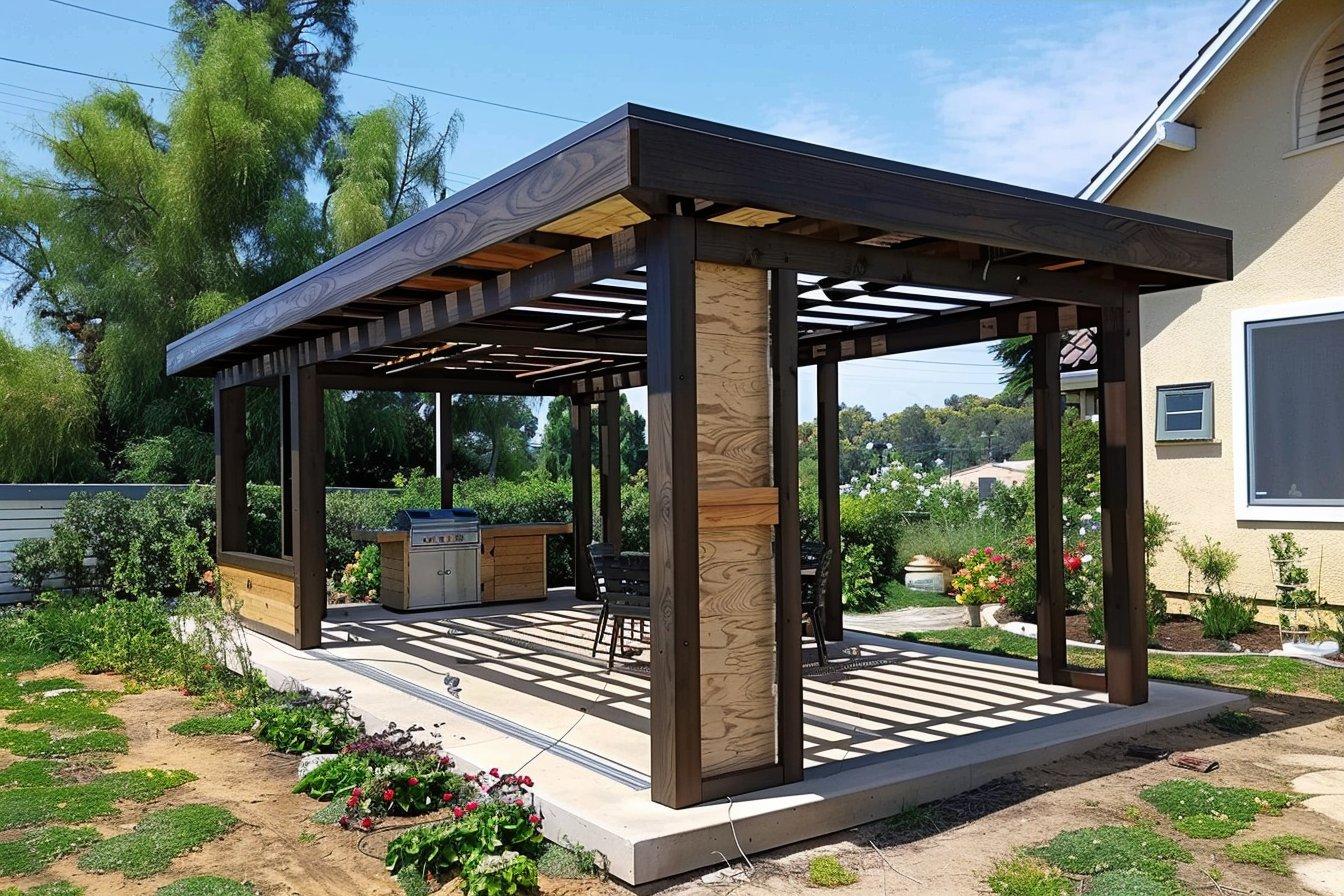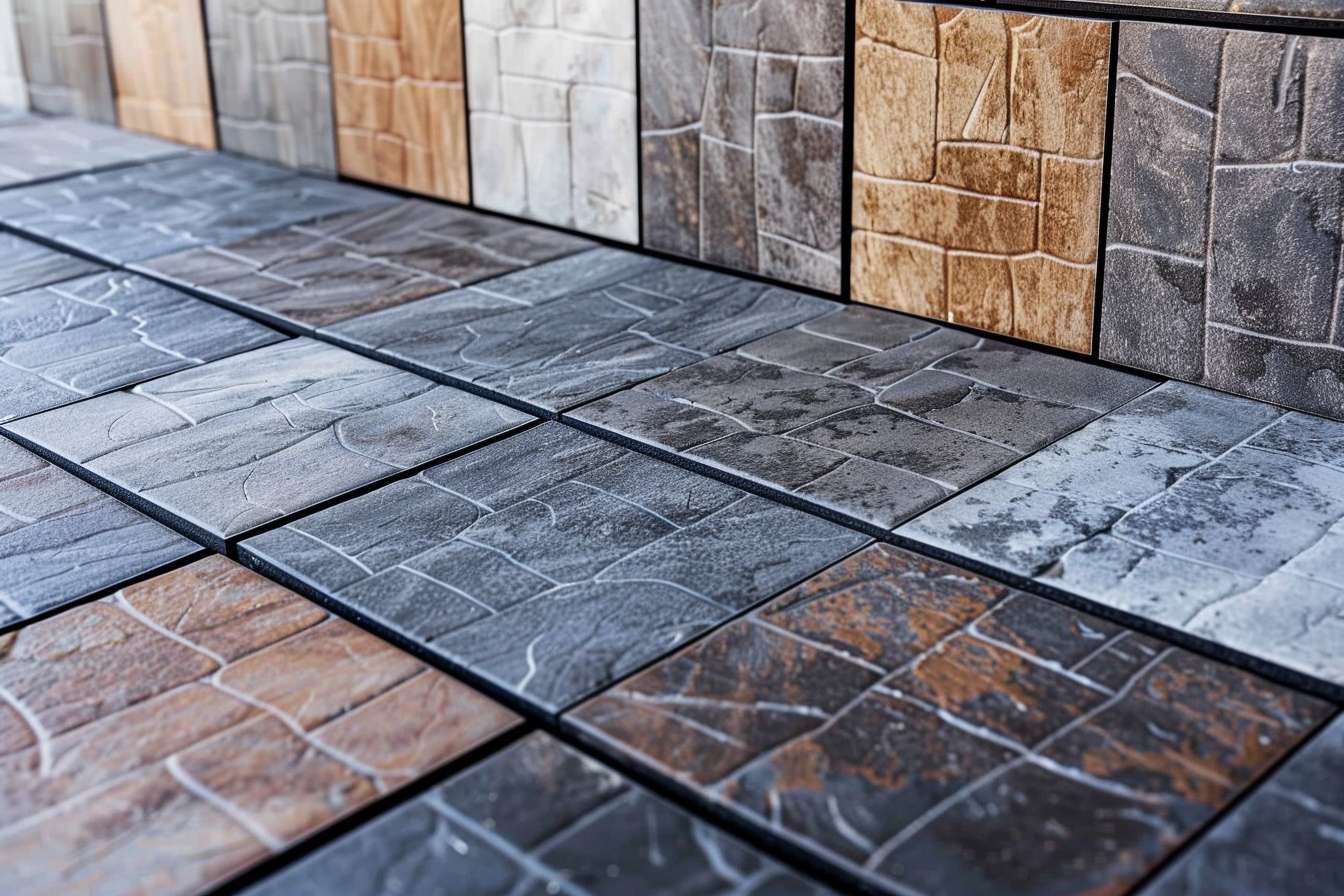Why Composite Decking Boards Are Gaining Popularity Outdoors
More homeowners are turning to composite decking for its mix of durability and design appeal. With minimal upkeep and resistance to weathering, these boards are changing the way outdoor spaces are built. Explore the features that make composite decking a smart, long-lasting choice.

What Makes Composite Decking Different from Traditional Wood
Composite decking boards represent a significant departure from conventional lumber options. Unlike natural wood, which requires regular staining, sealing, and maintenance, composite materials are engineered specifically to withstand outdoor conditions with minimal upkeep. The core composition typically includes recycled plastic (often from shopping bags and milk jugs) combined with wood fibers (sawdust and wood chips from lumber operations). This combination creates planks that resist many of the common problems associated with wood decking, including warping, splintering, and rot. Additionally, most composite products feature protective shells or caps that enhance resistance to fading, staining, and scratching.
Environmental Benefits of Choosing Wood Alternative Decking
One compelling reason for the rising popularity of composite decking boards is their environmental profile. Many homeowners are increasingly conscious about sustainable building practices, making these wood alternatives particularly attractive. The manufacturing process repurposes waste materials that might otherwise end up in landfills – a typical 500-square-foot composite deck can contain over 140,000 recycled plastic bags and reclaimed wood fibers. Furthermore, unlike traditional pressure-treated lumber, composite materials don’t require chemical treatments containing copper or arsenic compounds, reducing the environmental impact. The longevity of composite decking also means fewer replacements over time, conserving resources and reducing waste.
Creative Outdoor Deck Ideas Using Composite Materials
The versatility of composite decking has opened new possibilities for outdoor spaces. Designers and homeowners have embraced these materials for projects ranging from simple platform decks to elaborate multi-level outdoor living areas. Contemporary deck ideas frequently incorporate built-in seating, planters, and lighting systems, all constructed with complementary composite components. Color options have expanded dramatically beyond simple wood tones to include varied hues from soft grays to rich browns and even contemporary blacks. Many homeowners mix multiple colors to create border patterns or inlays, while others appreciate the ability to curve and bend certain composite products to create flowing, organic designs that would be difficult to achieve with traditional lumber.
Understanding the Cost and Value Proposition of Composite Decking
The initial investment in composite decking boards is typically higher than pressure-treated lumber, representing one of the primary considerations for homeowners. However, the long-term value proposition often justifies this higher upfront cost for many.
| Decking Material | Average Cost Per Square Foot | Expected Lifespan | Maintenance Requirements |
|---|---|---|---|
| Pressure-Treated Wood | $2-$5 | 10-15 years | High (annual staining/sealing) |
| Cedar/Redwood | $4-$8 | 15-20 years | Medium-High (regular maintenance) |
| Composite | $4-$12 | 25-30+ years | Low (occasional cleaning) |
| PVC/Vinyl | $7-$13 | 25-30+ years | Very Low (minimal care needed) |
Prices, rates, or cost estimates mentioned in this article are based on the latest available information but may change over time. Independent research is advised before making financial decisions.
Beyond material costs, homeowners should consider labor expenses, which typically range from $15-$35 per square foot depending on complexity, location, and design features. The reduced maintenance needs of composite decking mean avoiding costs for stains, sealers, and replacement boards over the lifespan of the deck, potentially saving thousands of dollars in the long run.
Installation Considerations for Composite Decking Boards
Installing composite decking requires some specific approaches that differ from traditional wood installation. While the basic framing structure remains similar (typically pressure-treated lumber), composite boards often have different expansion and contraction properties that must be accommodated. Most manufacturers provide detailed guidelines regarding proper joist spacing (typically 16 inches on center for residential applications), gap allowances for thermal expansion, and specialized fastening systems. Hidden fastener systems have become particularly popular, creating clean deck surfaces without visible screws. Proper ventilation beneath the deck remains essential, as does adequate spacing between boards to allow for drainage and air circulation. Professional installation is recommended for larger projects, though experienced DIY enthusiasts can successfully tackle composite deck installations with proper planning.
Maintenance Requirements and Long-Term Performance
Perhaps the most significant factor driving the popularity of composite decking is its minimal maintenance requirements compared to wood alternatives. While wood decks demand annual or bi-annual sanding, staining, and sealing to prevent deterioration, composite materials typically require only periodic cleaning with soap and water. This dramatic reduction in upkeep appeals to busy homeowners seeking to enjoy their outdoor spaces rather than maintain them. Most modern composite products resist fading, though some color shifting may occur within the first few months of installation before stabilizing. The materials generally withstand common outdoor challenges including insect damage, moisture absorption, and mold growth more effectively than wood, contributing to their longer functional lifespan and sustained appearance. Many manufacturers now offer warranties ranging from 25-50 years, further enhancing consumer confidence in the long-term performance of these materials.
Composite decking boards have transformed outdoor living spaces by combining durability, aesthetics, and reduced maintenance demands. Though requiring higher initial investment than traditional wood options, these engineered alternatives deliver compelling long-term value through extended lifespan and minimal upkeep requirements. As environmental consciousness grows and outdoor living continues to be prioritized, composite decking’s popularity seems likely to increase further in coming years.




